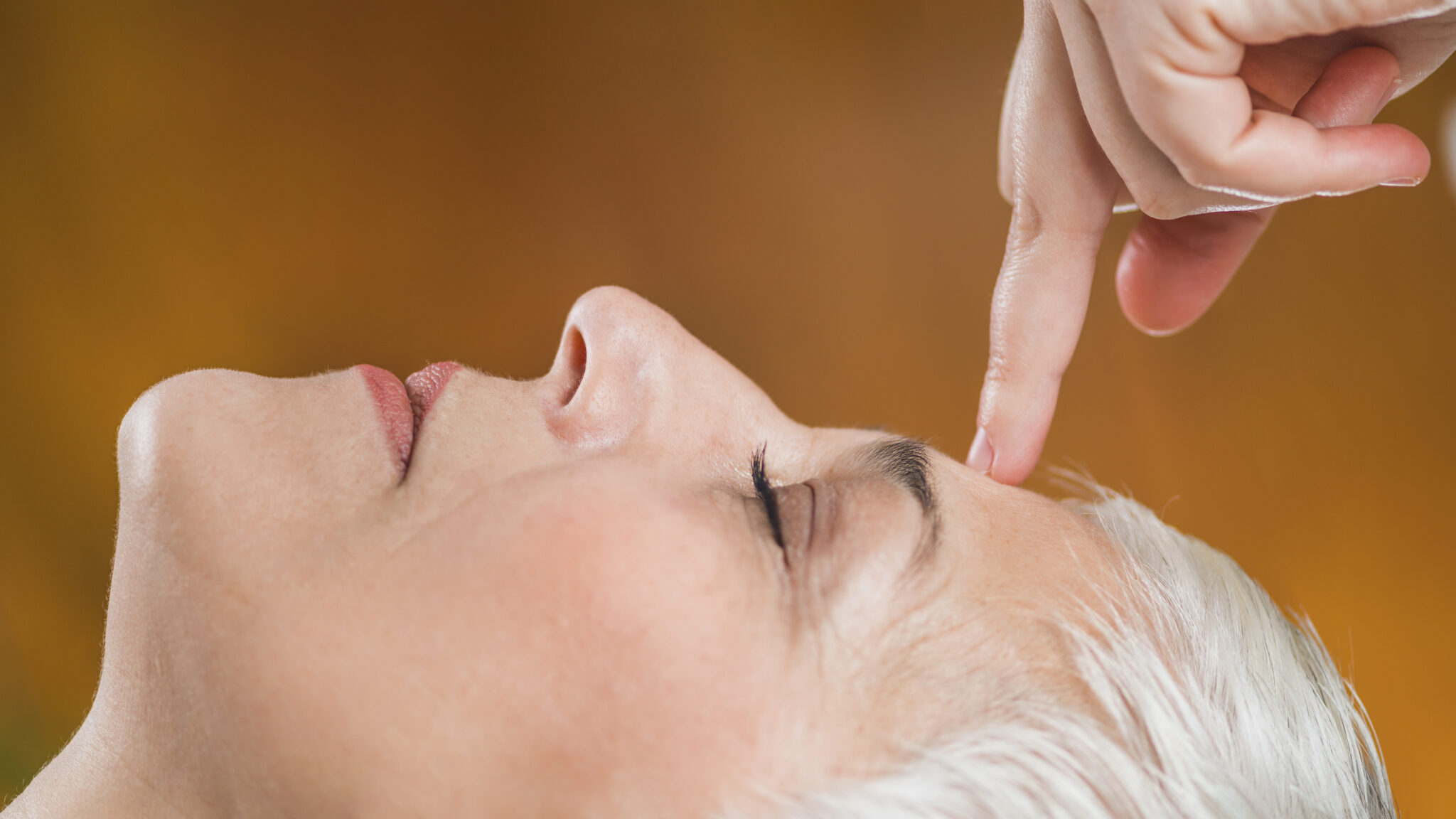Alternative Medicine For Menstrual Cramps

Most women experience period pain, or dysmenorrhea, at some point in their lives. While menstrual cramps are a natural consequence of the menstrual cycle and tend to be more or less tolerable, there are an unfortunate few who experience moderate to severe pain.
As with any form of pain or discomfort, it’s always best to consult your doctor first. That said, when it comes to pain management, over-the-counter (OTC) and prescription drugs aren’t your only option.
Read on to learn about alternative treatment options for your menstrual cramps.
Complementary & Alternative Therapies for Period Pain
Over the years, the effectiveness of various alternative therapies in relieving period pain has been the subject of numerous studies. Below are a few therapies worth exploring to help relieve your pain.
Cupping
During your period, your uterus contracts to shed its lining. It’s these muscle contractions that can cause you pain and discomfort. With everything going on in your womb during your period, turning to cupping therapy—which involves placing on the skin to create a vacuum and suction effect on the muscles—may seem counterintuitive.
However, cupping has been used to relieve muscle tension for thousands of years. By improving blood flow and stretching tight muscles, cupping has been proven to help ease pain and inflammation.
In a recent study, women who underwent daily sliding dry cupping therapy from three days before to three days after their period began for three successive periods experienced a reduction in the severity of their pain and symptoms.
Massage Therapy
Much like cupping, massage therapy acts on the muscles to ease tension. In one study, women suffering from period pain caused by endometriosis, for instance, experienced a significant pain reduction both during and up to six weeks after therapy.
However, massage therapy isn’t just a possible treatment for period pain. It can also address water retention and bloating—two of the most common signs of premenstrual syndrome (PMS) that can cause extreme discomfort.
Because massage involves applying pressure to key parts of the body, it promotes the movement—and expulsion—of air, gas, and fluids. Of course, massage is popular for promoting relaxation, which may relieve other PMS symptoms like headache and backache.
Herbal Remedies
Most women have probably tried one homemade herbal remedy or another in a bid to relieve menstrual cramps. However, with so many herbal medicinal plants and herbs out there—and so much conflicting advice and information—it can be difficult to narrow down your options.
Ginger has been long-known to help relieve abdominal pain. It has also been studied for its potential in managing painful periods. In fact, the efficacy of ginger on pain relief compares to some nonsteroidal anti-inflammatory drugs (NSAIDs) such as ibuprofen.
Like other therapies, herbal remedies are best before the onset of the menstrual cycle. For ginger, taking it two days before the start of the period may decrease the duration of the pain. Fennel has been proven to reduce the intensity of period pain when taken multiple times a day from the start of the period.
Conclusion
As with most treatments and remedies, whether alternative or conventional, there is hardly ever a one-size-fits-all solution. While some women may experience some relief or general improvement from these alternative therapies, always remember that your body won’t always respond the way you want or expect it to.
Finally, always remember that you don’t have to rely on one treatment or another. With your doctor’s green light, complementing conventional medicines with alternative therapies may be your key to a pain-free or more manageable period.


Leave a Reply
You must be logged in to post a comment.